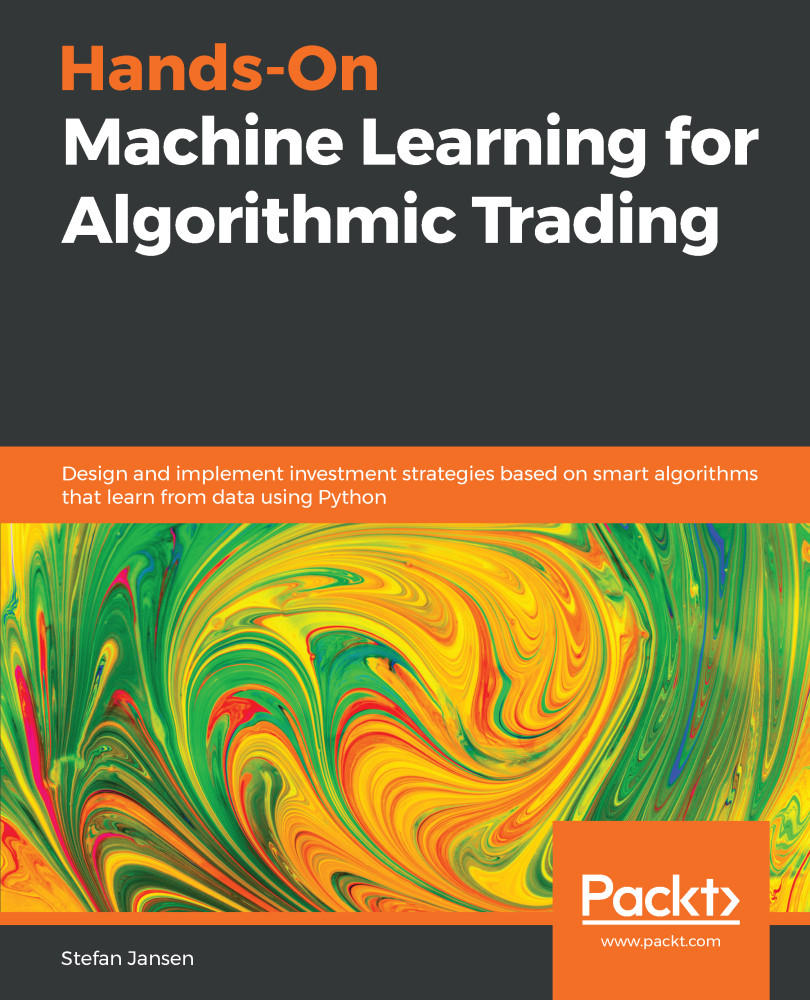This chapter kicks off part four, which covers several deep learning techniques and how they can be useful for investment and trading. The unprecedented breakthroughs that deep learning (DL) has achieved in many domains, from image and speech recognition to robotics and intelligent agents, have drawn widespread attention and revived large-scale research into Artificial Intelligence (AI). The expectations are high that the rapid development will continue and many more solutions to difficult practical problems will emerge.
The enormous DL progress over the last five to ten years builds on ideas that date back decades. However, to realize their potential, these ideas needed to operate at scale, which in turn required complementary advances in the availability of computational resources and large datasets.
In this chapter, we will present feedforward neural networks...


